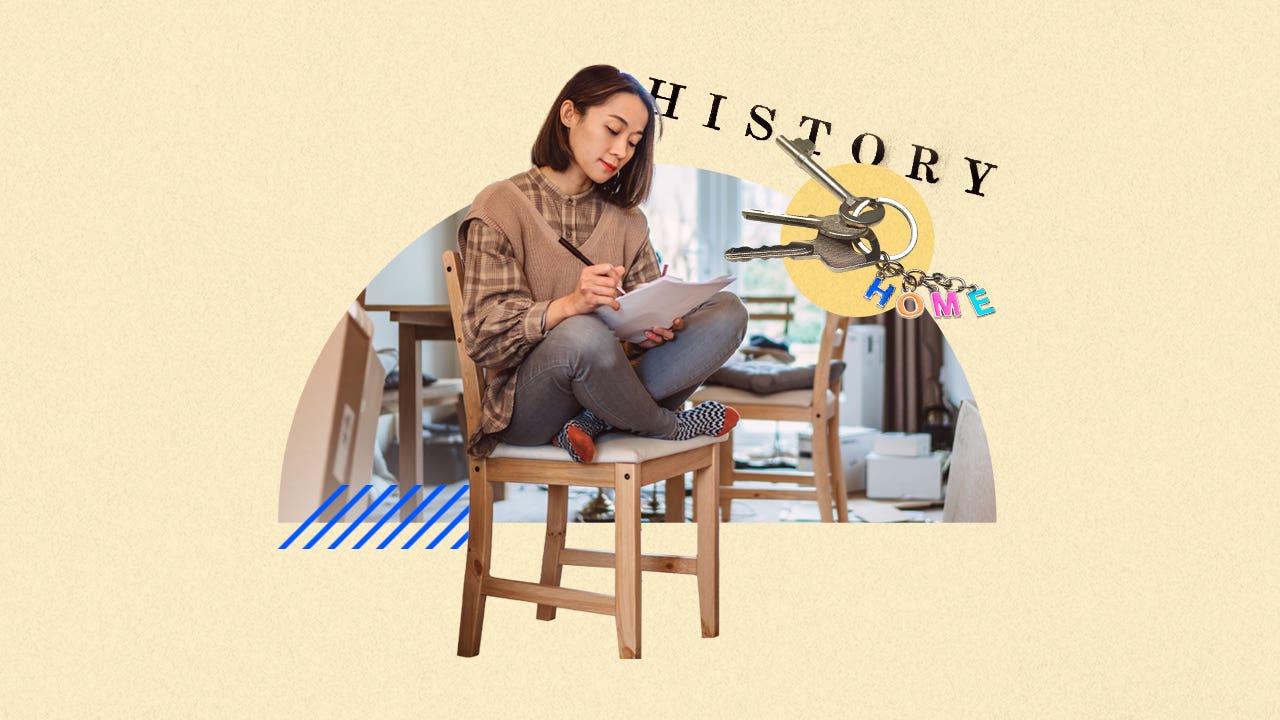The history of women and mortgages

The Bankrate promise
At Bankrate we strive to help you make smarter financial decisions. While we adhere to strict , this post may contain references to products from our partners. Here's an explanation for .
Key takeaways
- Women have faced discrimination in the housing and mortgage industry throughout history, but legislation such as the Equal Credit Opportunity Act and the Fair Housing Act have helped to level the playing field.
- The homeownership rate for single women has been steadily increasing and is now only 5 percentage points lower than the rate for single men.
- Women still represent a smaller percent of mortgage borrowers than men, and their loans tend to be more expensive.
- Despite having higher interest rates, lower incomes and larger debt loads, women are less likely to default on their mortgages compared to men.
Throughout history, women have had to push to achieve parity with men in many arenas. And financing a home purchase is no different.
From not being able to sign for their own loans to outnumbering single male buyers, here is a recent history overview of the changes and trends that helped shape mortgage financing and home buying opportunities for women.
1960s
Before a woman could borrow to buy a home, she had to be able to own a home. And that wasn’t always a given thing — especially for married women, who only gained the widespread right to purchase property in their own name around the turn of the 20th century. Well into the century, though, they and their single sisters often faced discrimination in buying or holding title to a home.
Things began to change with the passage of the Fair Housing Act of 1968, which prohibits discriminatory practices, policies and behavior among professionals in the real estate rental, purchase and financing fields on the basis of sex (among other protected classes). For banks and mortgage companies, that meant the following practices were illegal: declining to provide information on loans, denying loans, or imposing different terms on loans solely due to sex (gender identity and sexual orientation were added in subsequent amendments).
Of course, you often can’t get a place of your own without money of your own. Many more women also began entering the workforce in this decade, encouraged by the Equal Pay Act of 1963, which barred pay discrimination on the basis of sex.
1970s
If the 1970s are remembered as the decade of Women’s Lib, 1974 could be considered the year of women’s mortgage liberation. Up until then, it was technically legal for financial institutions to refuse loans to unmarried women, or to require them to have a male co-signer. Likewise, a married woman often couldn’t apply for a mortgage on her own; she had to have her husband’s permission and, again, his signature. Such practices were outlawed by the passage of the Equal Credit Opportunity Act in 1974, which prohibits discrimination against a loan or credit applicant for reasons related to sex, marital status or familial status (as well as race, religion and other reasons).
The ECOA literally opened the door for women to become property owners more easily, allowing them to buy homes even if they couldn’t pay cash. Coupled with fair housing protections, this legislation also meant that banks could not ask women whether they are pregnant or planning a family, or make assumptions that women wouldn’t return to work (and be unable to make mortgage payments) after a maternity leave.
1980s
Legislative changes were less profound in the 1980s, a decade in which average 30-year mortgage rates reached an all-time high. But cultural shifts laid the groundwork for the women’s homeownership trends we’re seeing today. More Americans postponed in pursuit of education or career and, in 1981, for the first time there were more single women homebuyers — 11 percent of purchasers — than single men (10 percent), according to the National Association of Realtors (NAR). Single women have outpaced single men in purchases every year since.
The pay gap also narrowed significantly during this decade. In 1980, women earned 64 percent of men’s wages; that share rose to over 75 percent 10 years later, according to Pew Research Center data.
1990s
Better educational opportunities and higher earning potential helped the ranks of women homeowners expand over time, explains Jung Hyun Choi, a principal research associate at the Urban Institute’s Housing Finance Policy Center. By the ’90s, nearly a third of households were headed by women.
“That’s one factor that has changed a lot over time,” Choi says. “That is also in line with the income gains and the education gains.”
2000s
Mortgage rates fell through the 2000s, especially in the aftermath of the housing bubble burst. Meanwhile, women’s homeownership rates kept rising, though that may be due in part to more families identifying the woman as head of household when filing taxes, Choi says.
2006
Source: National Association of Realtors
2010s
Women’s gains haven’t happened in a straight upward line — the single female homeownership rate was only at 15 percent in 2014, according to NAR. It has since recovered somewhat. Of course, many women own or retain property within marriages, too, which further boosts their homeownership rate (couples still dominate the homebuying ranks, at 59 percent of all homebuyers currently).
In the years following the Great Recession, female homeowners also tended to have lower foreclosure rates than men, according to a 2016 ATTOM Data Solutions “Foreclosure Gap Study.”
However, they still have a harder time getting financing than men. As of 2020, single female borrowers received barely one-fifth of (19.7 percent) of total extended mortgages; in contrast, single male borrowers received just about one-third (32.6 percent) of extended loans, an Urban Institute study found.
2020s
As of 2024, single women made up 19 percent of all homebuyers (vs. just 10 percent for single men), according to NAR data. And, according to American Community Survey data, the homeownership rate of households headed by women in 2021 reached 63 percent, just 5 percentage points below the men’s rate. This gap has narrowed significantly since 1990, when the homeownership gap between households headed by men and households headed by women was 20 percentage points, according to “Unmasking the Real Gender Homeownership Gap,” an article penned by Choi in 2023.
In 2022, single women possessed over half (58 percent) of the nearly 35.2 million homes owned by unmarried Americans, while single men owned 42 percent, according to the Pew Research Center. But “the single parent female-headed family has the lowest homeownership rate of any group in the country right now,” Choi says, and for women of color especially, that represents a major roadblock to financial stability. While 70 percent of white female head-of-householders are homeowners, only 59 percent of Asian, 45 percent of Hispanic, and 40 percent of Black female-headed households are, according to an Urban Institute 2021 research report.
Women still haven’t achieved full pay parity in the U.S., however, and often single women borrowers pay higher mortgage rates than single men. That could partly be because they are less affluent than their male counterparts, and have higher debt-to-income ratios. Comprising 34 percent of single female borrowers, women of color are slightly more likely to take out mortgages than single males of color (31 percent).
Women spend about 2 percent more when they buy a house than men and sell for 2 percent less, according to a Yale School of Management study, “The Gender Gap in Housing Returns.” As a result, they realize 1.5 percent annualized lower returns, or $1,600 a year, on their homes. Sounds small, but it adds up to $20,000 over 13 years (the U.S. average length of homeownership). They are less likely than men to refinance their mortgages, too.
Paradoxically, despite their higher interest rates, bigger debts and lower incomes, women are less likely to default on their mortgages compared with men, the Urban Institute reports.
Related Articles




What is an energy-efficient mortgage (EEM)and how can it save you money?